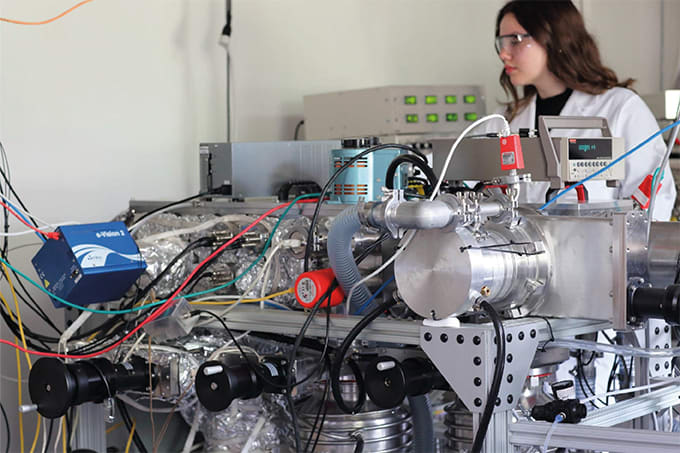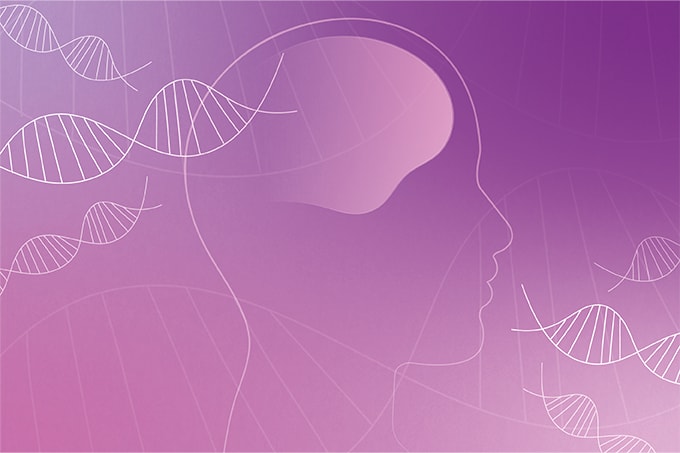There have been increasing calls by our global clients for bio-layer interferometry (BLI) – a real-time analytical technique for studying biomolecular interactions – to be incorporated as a routine quality control test in bioprocessing. At the moment, BLI is most commonly used in the research phase for high-throughput target screening, but I believe it is more than applicable for quality control and to ensure that products are consistent and stable from lot to lot. BLI can measure interactions between many different types of molecules, whether a pair of proteins (or multiple proteins), a protein and a small molecule or peptide, or even two different fragments of DNA. Light of a particular wavelength is emitted through a fibre optic probe or biosensor. The probes have a unique chemistry, and multiple different chemistries are available commercially. When a molecule of interest binds to the coated probe, there is a measurable change in the wavelength of the light, giving the ability to monitor on and off binding kinetics in real-time.
BLI’s flexibility in experimental design and industrial applicability parallels that of the classical enzyme-linked immunosorbent assays (ELISA). Conceptually, BLI differs from ELISA only in the mode of detection, so ELISA methods can usually be easily transferred to BLI. In practice, the major difference is that the ELISA coating and binding steps are blind, making it difficult to gauge exactly how effective they are; optimization is really only possible based on the end results. BLI, on the other hand, enables a real-time understanding of binding, whether it be during coating or molecular interaction, and is generally more sensitive with a larger dynamic range. The advantage of seeing the binding in real time is that it gives greater insight into the binding kinetics and specificity. With ELISA you obtain the binding affinity (the dissociation constant), but with BLI you don’t just get the binding affinity, you generate it through its association and dissociation kinetics – so you not only see what is binding, but how fast. ELISA’s advantage lies in that it doesn’t require significant capital expenditure and is a familiar technology. The pharma industry tends to favor tried and tested approaches, and ELISA certainly falls into that category, but BLI really does offer something more and is worth seriously considering. Clearly, ELISA, BLI and other analytical techniques, such as surface plasmin resonance (SPR), have their own particular strengths and weaknesses – and certain applications are simply better suited for different instruments. Speaking from my own experience, I see a slight trend towards the implementation of BLI over SPR, which could be because of perceived barriers to entry with SPR. However, I feel that BLI is highly complementary to SPR. From a business perspective, one might argue that they are competitive in nature but, scientifically speaking, the generation of complementary datasets using orthogonal techniques is always preferred. As such, a strong case can be made for the implementation of both techniques. I would also suggest that it is unlikely that any technique will ever completely take over from ELISA – just as there will always be an important place for a $1 pin prick diagnostic test in addition to an MRI scan. Analytical technologies have advanced significantly over the last decade, becoming more sensitive and user friendly. It is to the benefit of all us – since we are all patients – to have a range of orthogonal techniques in the analytical toolbox, because the more we can understand products from a functional perspective, the better positioned we are to generate efficacious medicines.




